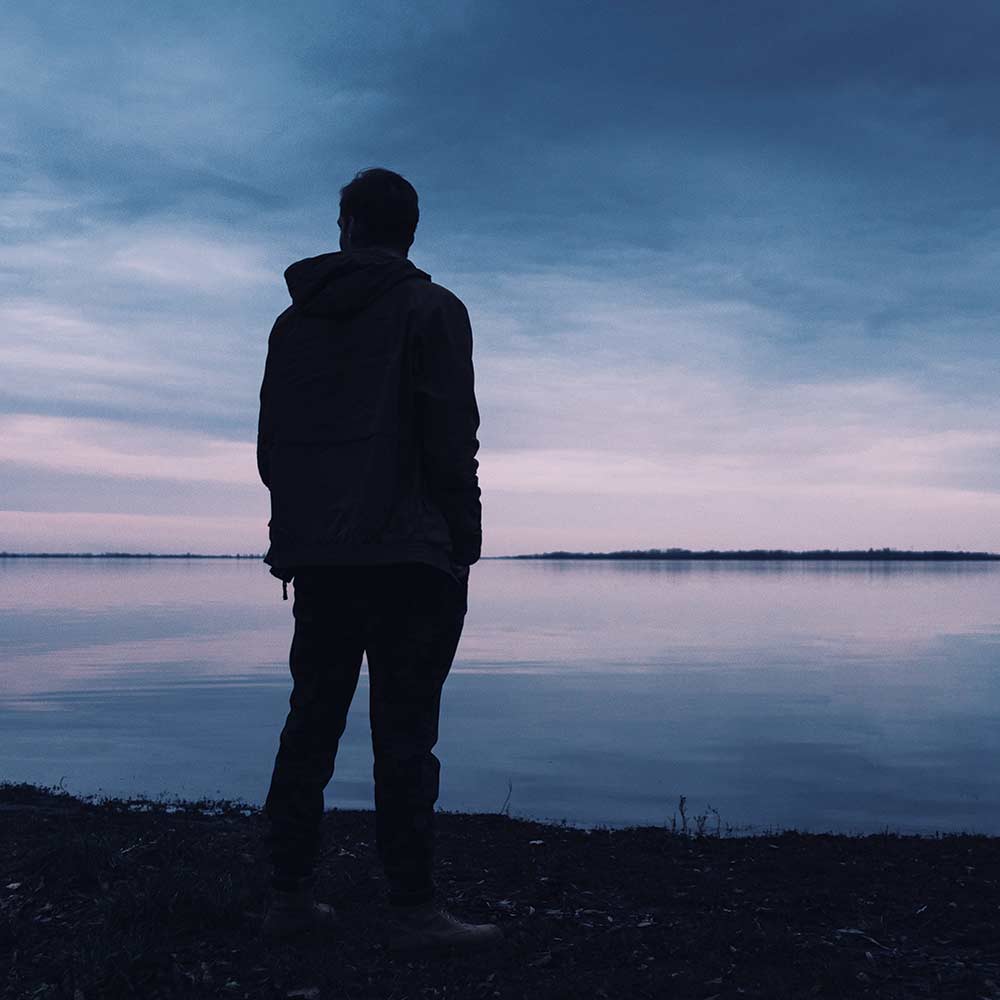Recovery from Substance Looks Different for Everyone
Safety & Awareness | September 1, 2022

SEPTEMBER IS RECOVERY MONTH
By Cassondra Frisque, Program Supervisor, Women’s Recovery Journey Program, Family Services of Northeast Wisconsin
Substance use disorders (SUD) are disorders that should be treated with as much care and seriousness as a heart attack.
Often times SUDs are misunderstood as something people can “get over” if they try hard enough. However, SUDs often result in feelings of shame and guilt. These feelings can then lead to self-isolation and not knowing who or how to ask for help.
Recovery from a SUD is possible
Although everyone’s recovery will look different, hope and the belief that a SUD can be overcome is the foundation of recovery. The Substance Abuse and Mental Health Services Administration (SAMSA) identifies “Four Major Dimensions of Recovery”, which are: health, home, purpose, and community.
Each dimension SAMSA defines plays an integral part on the road to recovery
It is important to remember that a SUD is a disease and the symptoms need to be managed similarly to someone who has diabetes. Recovering from a SUD often includes making healthier lifestyle choices to support physical and emotional well-being. Similar to focusing on a healthy lifestyle, it is essential to feel safe in our environment during recovery. Having a safe place to stay at night can dramatically change the trajectory of the following day. Feeling safe also provides an opportunity for finding a purpose in life. Without a safe space to belong, it is difficult to think about how we can provide for ourselves or others in our daily activities. Likewise, having a purpose can help continue the recovery journey.
PEOPLE WHO UNDERSTAND
Having people who understand what addiction is like to provide support, friendship, and love creates a fourth dimension to support recovery. Oftentimes, addiction and recovery can feel lonely. Having a sense of connection is an essential need for anyone. Being connected with programs and community members can reduce feelings of guilt and shame and can provide people with a sense of belonging.
It is important to recognize that not everyone has access to these four major dimensions. People often experience social and economic disadvantages that do not make recovery any easier. Access to housing can be limited for people with criminal backgrounds. There are often barriers to medical assistance among minority groups, and people in rural communities often have to travel miles to access a recovery community. These are just a few examples of how recovery can often be more difficult for some people. It is important to identify these discrepancies and provide support when possible.
DO YOU OR SOMEONE YOU KNOW NEED HELP?
If you or someone you know would like more information on starting or continuing a recovery journey you can find more information at on the SAMSHA website: www.samhsa.gov/find-treatment
FOR MORE INFORMATION:
www.samhsa.gov/find-help/recovery
nida.nih.gov/drug-topics/criminal-justice/science-drug-use-resource-justice-sector
minorityhealth.hhs.gov/omh/browse.aspx?lvl=4&lvlid=18



